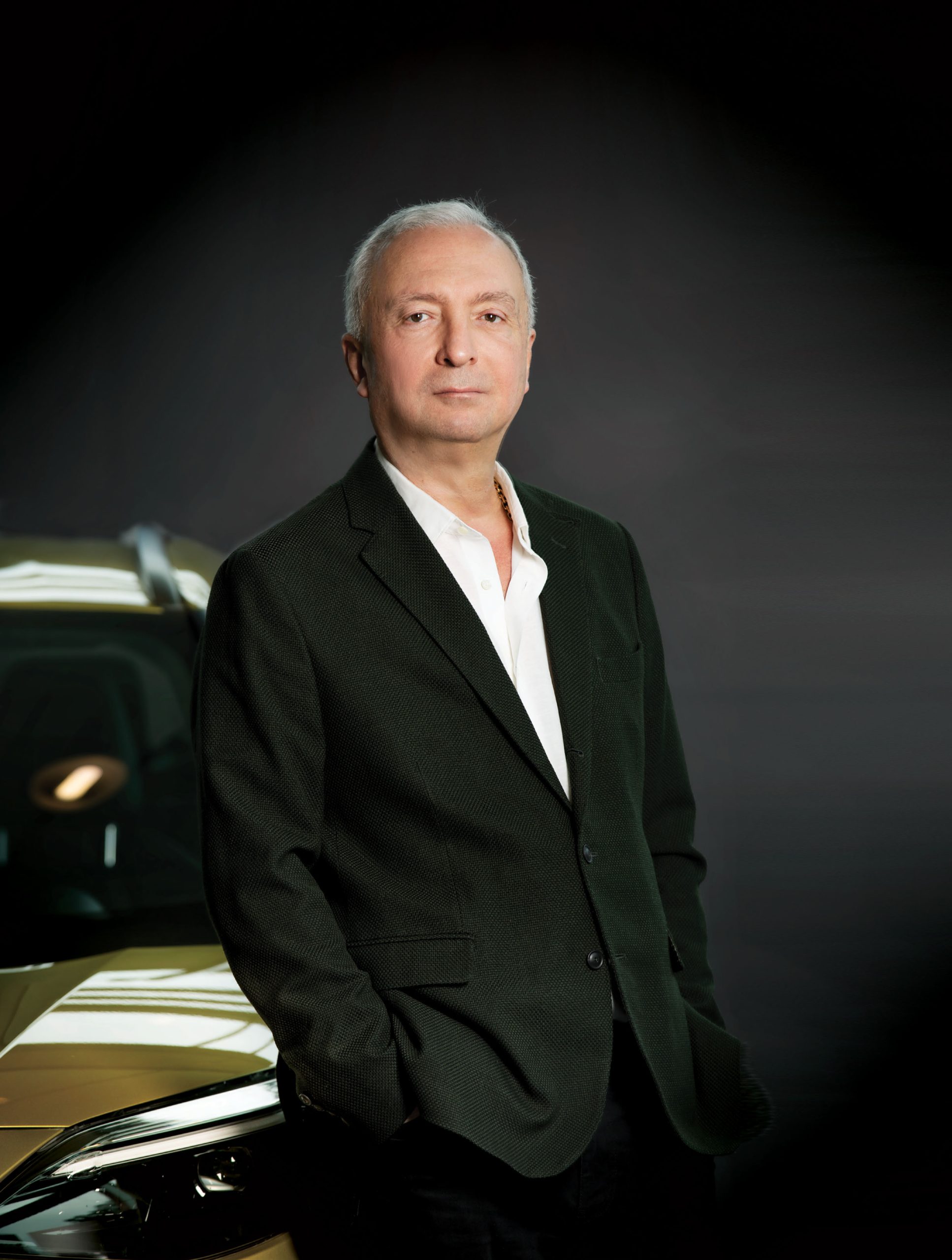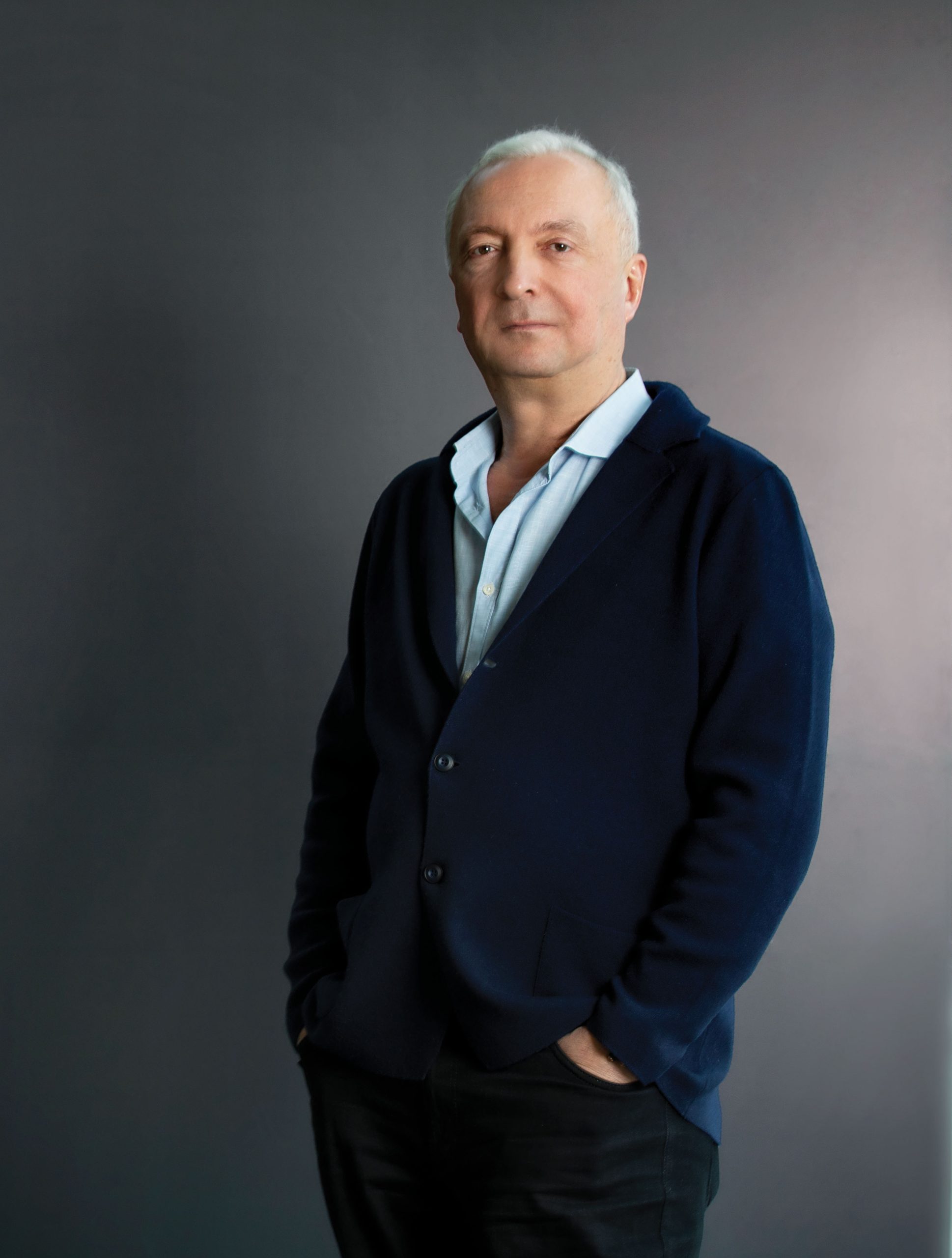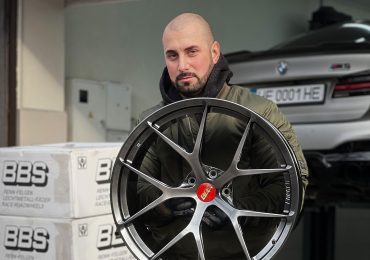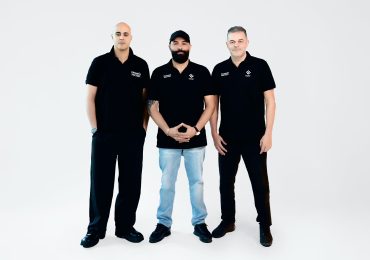Toyota Centre Tbilisi founder Irakli Gurchiani managed to attract the Japanese car giant Toyota to Georgia during the dark 1990s and opened the company’s first dealership in the South Caucasus. 27 years later, Toyota Centre Tbilisi is on the Forbes list of the 100 largest Georgian companies by revenue. Forbes Georgia spoke to Irakli Gurchiani about Toyota’s journey in Georgia.
You started your car business in the 1990s when the economic situation in Georgia was unfavorable. How did you manage to interest Toyota in the Georgian market?
Georgia had a deficit of cars during the nineties. It was only possible to import second-hand vehicles from Germany. I decided to start a car business, and I chose Toyota because I knew about its popularity from television and the press. I also believed that SUVs would be suitable for Georgia’s mountainous terrain. Initially, I found it challenging to get in touch with Toyota, but I finally obtained their postal address and wrote them a letter, introducing myself and declaring my interest in working with them. I did not hear anything from them for two months, but then suddenly, I got a reply telling me that Toyota was interested in the Georgian market.
During the same period, the US Embassy in Azerbaijan had 15-20 Toyota vehicles with program faults and additional problems caused by low-quality fuel. There were, however, no service centers in the South Caucasus, prompting the US ambassador to contact Toyota and raise this issue. The company began looking for and negotiating with potential partners, and that is when my letter landed on their desk. If not for this coincidence, my letter might still be gathering dust on a shelf today. Initially, I became a provisional dealer for one year. In 1997, Toyota officially opened its first center in Georgia and the Caucasus region.
How big was customer interest during the early stages?
1997-98 was a difficult period for us. Much of the public knew nothing about Toyota, and our possibilities were relatively limited. Nevertheless, we sold around 200 cars in our first year, which was an excellent result.
What are the most in-demand Toyota models in Georgia, and has the population’s purchasing power changed?
Georgia is a country of SUVs, so the most popular models are the Land Cruiser, Prado, and Rav4. Light vehicles are not particularly popular. Although the city is full of Priuses, they are primarily second-hand vehicles imported cheaply from the United States. New ones are much more expensive, so we are talking about a section of the population that is difficult for us to attract due to their financial circumstances.
I have not observed an increase in purchasing power. It was higher before the August 2008 War. This is mainly due to the devaluation of the national currency and the rising cost of products. More money was circulating back then, so the economic situation was probably better.

Since you mentioned the economy, could you tell us how the car industry’s development is linked to economic growth?
The automotive sector is a litmus test for the economy. Even a 0.1% increase in the economy will immediately affect us. As soon as revenues increase, everyone wants to buy a new car. So, as our sales grow, we find that the economy also grows.
How do you assess the current regulatory framework?
It is not bad, but there is a lot of room for improvement. Recently, everything has begun to resemble the bureaucratic apparatus from the Shevardnadze era. The customs and tax authorities often ask for unnecessary documents and permits. The previous government had many flaws, but doing business was easier. The tax burden, regulations, and penalties are increasing each year due to a lack of knowledge and professionalism. This happens when laws are written by people unaware of the basic principles of economics.
What other significant challenges exist in the automotive market today?
The main problem is that we are still viewed as a third-category country. Cars manufactured in Europe are not sold in Georgia due to the low quality of fuel. The Japanese come here 2-3 times a year to collect fuel from various networks of petrol stations, which they then ship to a German lab for testing. The results make for very poor reading. That is why vehicles imported from the United States have fuel-related issues. Formally, our fuels are Euro 5 standard, but it is likely that none of them actually comply with the norms. This is not surprising since our leading suppliers are Russia and Azerbaijan, where the refineries operate to the standards of the 1960s.
Indeed, vehicles manufactured before 2013 can no longer be imported here from 1 January, but what about the inadequate fuel? We are facing a dilemma: until now, we have been importing cars whose systems are designed to operate on Euro 0 fuel, and now we cannot do that. If the quality of fuel does not improve, then the cars will be unable to operate, while the emissions will poison the population.
Apart from Toyota Centre Tbilisi, Toyota Caucasus also operates in Georgia. Why did the company decide to open an official center here?
Until 2006, we brought cars directly from Japan, which required the mobilization of numerous resources. Toyota entered the Caucasus region in 2006. They initially planned to choose Bulgaria, but I wanted it to happen in Georgia. I traveled to Japan twice to convince the company’s vice president that Georgia was a country open for business. Now, the vehicles are brought in directly by Toyota Caucasus, so we are saving on transportation costs and no longer have to place advance orders. There is also a massive warehouse in Tbilisi supplying spare parts to Georgia, Armenia, and Azerbaijan.

What about your competitors in the market?
I can tell you that we have no competition. We hold over 50% of the market and do not regard other brands as competitors.
The import and export of vehicles increased sharply in 2023. What was the impact of the war and the sanctions on Russia in this regard?
To be honest, all of this has been good for us. People are buying cars from us and taking them to be sold abroad – mainly to Kazakhstan and Uzbekistan, but probably also to Russia.
Has there been an increase in demand due to Russian immigration?
Russian immigrants in Georgia account for less than 1% of our sales.
What about state procurement?
They used to prioritize Toyota due to quality, but now the emphasis is on price. Korean cars have an advantage in this respect. I would be lying if I told you we are actively involved in state tenders.
Have prices gone up in recent years?
Although it would be in our interests to drop prices to boost sales, unfortunately, this does not happen. I have been in this business for 27 years and cannot remember prices ever falling. They sometimes increase on a monthly basis. The price of certain models has gone up by 5-7% over the past year; by this, I mean the price of collecting the vehicles from the factory. This is due to the increased cost of rubber, iron, and other materials used to manufacture the cars.
What is your profit margin?
5-7% per car. We cannot exceed the 7% margin. Otherwise, Toyota will penalize us by retaining the whole profit.
Against the background of the shift towards renewable energy, the sales of electric vehicles are constantly growing. The UN aims to achieve net-zero emissions in transport by 2050. Several years ago, you were quoted as saying that electric cars had no future in Georgia for at least 25 years. Is this still your view?
Yes, that is still my belief, and I am now more confident than ever that electric vehicles have no future globally. Georgia does not even have the appropriate infrastructure, and no one knows when we will have it. Not even Germany is fully ready for electric vehicles, let alone Georgia. Hybrids and hydrogen cars are the future. From 2030, Toyota will completely switch to hydrogen in Japan, as they already have the infrastructure in place there.
Hybrids are very popular, albeit more expensive. I believe that this challenge will be overcome through income growth. People now use financial products to buy cars, and once they earn enough to service a loan, they will choose to buy hybrids.
Do you not think that there are too many cars in Tbilisi?
Not at all. What we see is the result of improper planning, the narrowing of roads, and a flawed transport policy. Even if the number of cars has doubled, it still does not explain this kind of collapse. The city was simply not ready, as it was not originally designed to accommodate a lot of cars. Instead of expanding, the city is growing on the spot. The population is concentrated in the Vake, Vera, and Saburtalo districts. To resolve the issue of traffic jams, changes must first happen in City Hall. The next step will be to build city bypasses and expand the existing road network.

In what direction is the Georgian automotive market currently moving, and what are your plans for Toyota Centre Tbilisi? Can customers expect anything new from you?
The Georgian market is so small that it is difficult to implement innovations. We could increase supply, but the low quality of fuel does not allow us to do so. We are therefore focusing on enhancing our relationships with banks and leasing companies to ensure that products become more affordable for the end user. We already negotiated a decrease in interest rates in the past, but we would like to see them decrease further, as Georgian consumers still pay approximately 10% more than their European counterparts.
We would also like the Japanese to sell us spare parts at lower rates than those paid by Europeans. This would make services more affordable and increase car sales. We have actually had some success in this regard. For example, vehicle parts are now cheaper in Georgia than in Dubai. Spare parts used to be imported from Dubai to Georgia, but now it is the reverse.
In your experience, what is the key to success in business?
Starting something new in the Georgian market is difficult, but hard work always pays off. The first few years may be challenging for you, but never give up, and give it everything you’ve got. The world gives everybody at least one chance, and you have to take it.


















